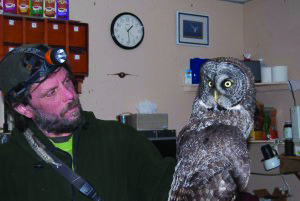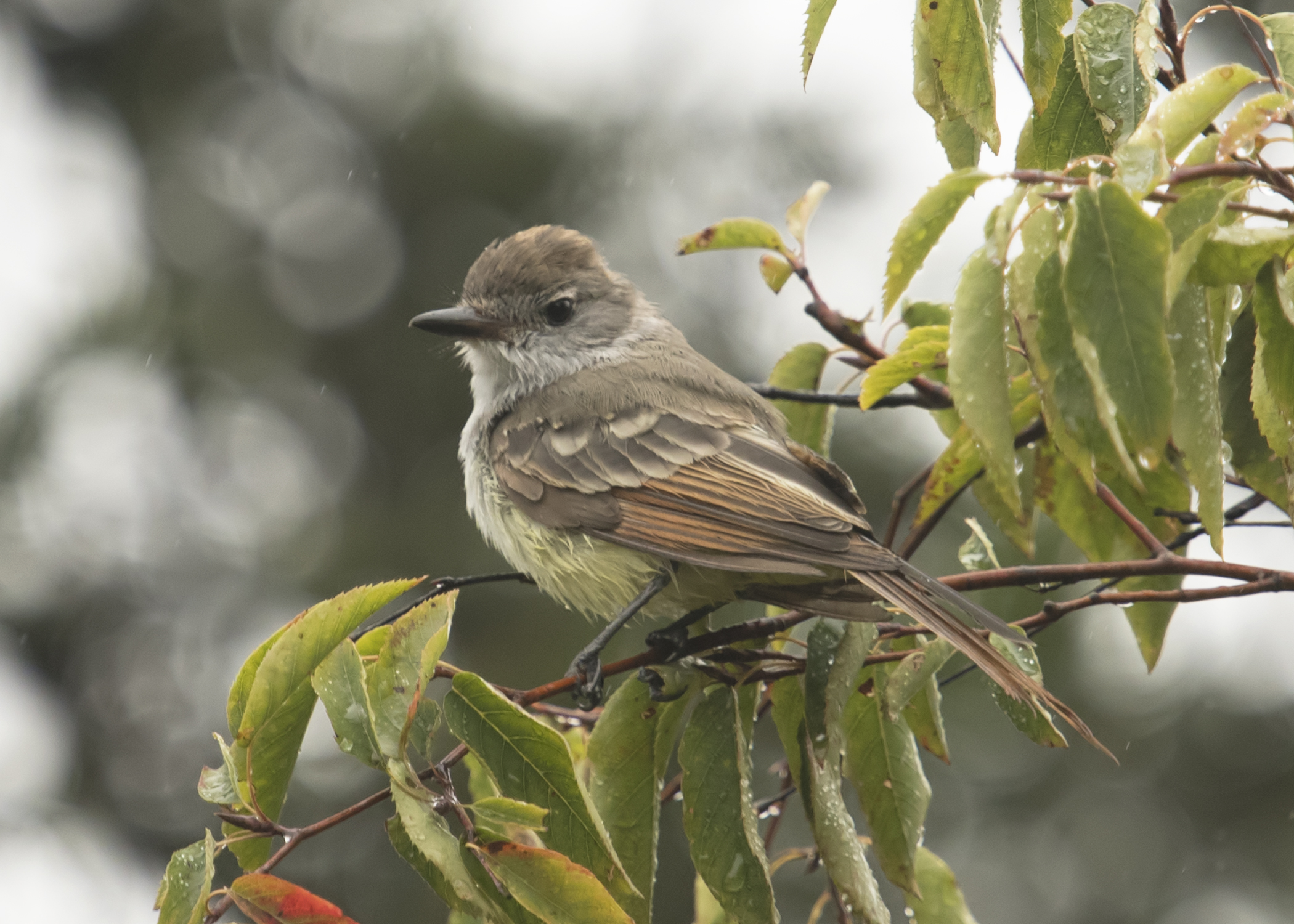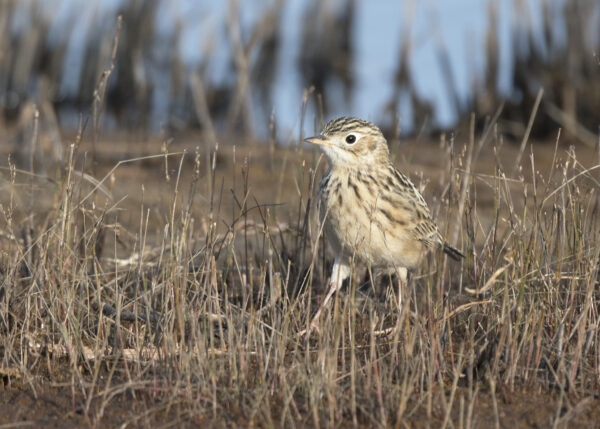The fall field season at Whitefish Point Bird Observatory (WPBO) ran from Aug. 15 to Nov. 15. This fall, we regularly experienced uncommonly long periods of southerly winds and unseasonably warm temperatures, which are not ideal conditions for southward migration. Despite experiencing significant lulls in migrations during many of those periods, it proved to be a relatively productive season. Heading into this fall’s field season, I couldn’t help feeling a bit anxious about the passerine migration. This spring’s passerine migration was underwhelming, not only at WPBO but along the entire Lake Superior shoreline. Although there were no songbird species that occurred in particularly larger numbers this fall, it was somewhat reassuring to see passerine numbers bounce back to more typical numbers this season. During the three-month season, the fall field staff documented a total of 132,482 birds of 224 species and 37 taxa. Included in the species documented this fall were 22 species of warblers, 14 sparrow species, and 17 species of raptors.
Among this season’s highlights in regard to rarities were sightings of Sprague’s Pipit and two Ash-throated Flycatchers. The Sprague’s Pipit was present Nov. 6–8 and represented Michigan’s sixth record for this species, and amazingly Whitefish Point’s third record. The two Ash-throated Flycatchers represent the third and fourth records for WPBO. A Black Vulture on Sept. 1 was the fourth record for the Point. Other vagrant highlights included four Harris’s Sparrows, two Townsend’s Solitaires, and a Western Kingbird. Readers familiar with the spring raptor migration at WPBO may be surprised to hear that the only bird that produced a first record for the fall season at WPBO was a Golden Eagle on Aug. 29. Golden Eagles are regular migrants here in the spring, but there were no records of them here in the fall prior to this season. This is a great example of how geography funnels this species to the Point during their northward journey in the spring, whereas the lake serves as a barrier to them on their southward migration in the fall.
As usual, the waterbird count is responsible for most of the birds recorded this fall. It was a pleasure to work with Fall Waterbird Counter Mario Balitbit. Not only did he do a great job with the waterbird count, but he also birded the Point on the majority of his days off. Fall Lead Owl Bander Tim Baerwald also put in a significant amount of time birding in the morning, contributing to this season’s success. Also accounting for this season’s success was the inexplicably low number of mosquitoes. Not having to unzip my bug shirt every time I needed to use my binoculars and the lack of maddening buzzing in my ears made birding the Point much more enjoyable and effective than it has been for several years in the fall. Thanks to all this season’s visitors and all of you who provide financial support to keep WPBO’s long-term research possible.
~ by Chris Neri, Whitefish Point Bird Observatory fall field ornithologist
Featured photo: Ash-throated Flycatcher by Chris Neri

Chris Neri arrived at WPBO in 1999. Chris has been fortunate to spend seasons at some of the premier raptor sites around the country, working on some great research projects, but as he reports, “nothing has captured me the way the owl migration at Whitefish Point has.”
This article appeared in the 2022 Winter Jack Pine Warbler.


